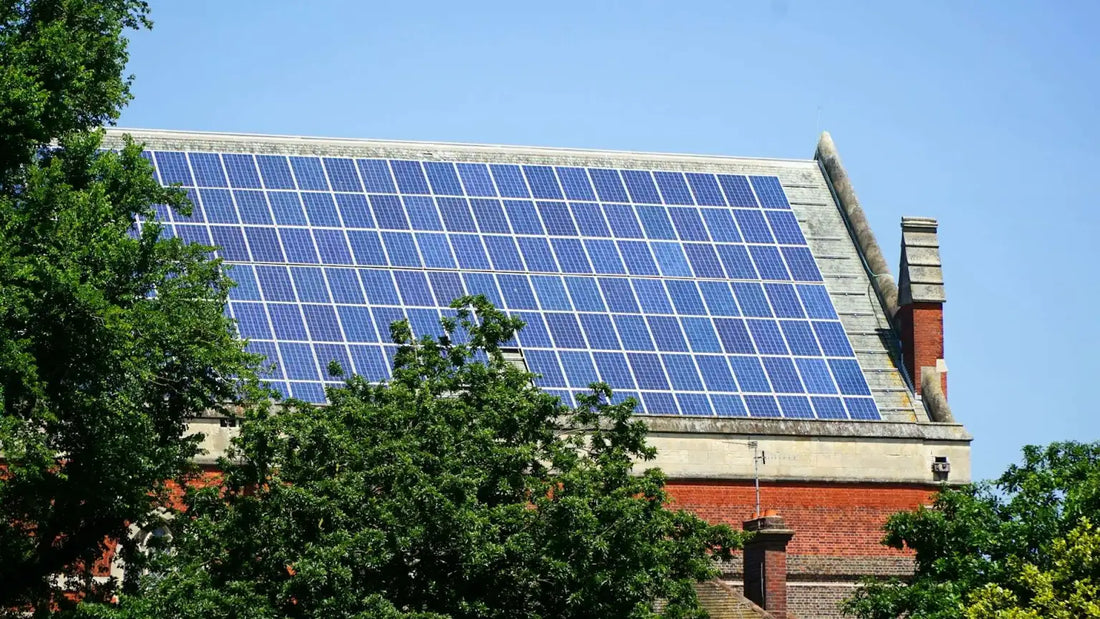
Inverter Technology Insights: Comparing String, Micro, and Hybrid Inverters for Your Solar System
As a cornerstone of your solar energy system, inverters perform the crucial function of converting direct current (DC) generated by solar panels into usable alternating current (AC), powering your home or business. Currently, the solar inverter market is dominated by three primary types of inverters: string inverters, microinverters, and hybrid inverters. Each type brings its advantages, distinct features, and compatibility aspects that can significantly impact your solar energy system’s performance, efficiency, and longevity.
To make the most of your solar energy system, it is paramount to understand the nuances of these inverter technologies and gauge their compatibility with your system’s unique requirements. In this informative and comprehensive blog post, we will provide you with valuable insights into string, micro, and hybrid inverters, laying the foundation for informed decision-making to realise the full potential of renewable solar energy.
Green Bank is your trusted partner in providing a diverse range of premium inverters, expert guidance, and seamless installation services. By collaborating with Green Bank, you can rest assured in having the support, knowledge, and resources to select the ideal inverter technology for your solar energy system, ensuring optimal performance, reliability, and satisfaction in your journey towards a more sustainable, energy-efficient future.
1. String Inverters
String inverters are the most common inverter type used in residential and commercial solar energy systems. They operate by connecting multiple solar panels in a series configuration (or “string”). The inverter then converts the combined DC output of these panels into usable AC power for your property.
Pros of String Inverters
– Cost-effective: Due to their widespread use and straightforward design, string inverters are generally more cost-efficient than alternative inverter options.
– Ease of Installation and Maintenance: With a single inverter servicing the entire solar panel array, installation and maintenance can be relatively straightforward as it involves fewer components and connections.
Cons of String Inverters
– Susceptibility to Shading Issues: As solar panels are connected in a series configuration, string inverters can face performance limitations if any panel in the string is underperforming due to shading or physical damage, potentially affecting the entire string’s output.
– Limited System Monitoring: String inverters typically offer less granular monitoring capabilities than their microinverter counterparts, making it challenging to identify individual panel-level performance issues.
2. Microinverters
Microinverters are small, individual inverters installed directly beneath each solar panel in your solar system. This unique design provides a decentralised inverter system, allowing each panel to operate independently and maximise its solar energy conversion.
Pros of Microinverters
– Enhanced Efficiency and Performance: Each panel functions independently in a microinverter setup, mitigating the impact of shading or panel-level issues, resulting in more consistent and efficient power generation.
– Detailed System Monitoring: Microinverter systems enable panel-level performance monitoring, allowing you to identify and address underperforming panels or system issues promptly.
Cons of Microinverters
– Higher Costs: Due to the requirement for multiple microinverters, initial investment costs can be higher when compared to a string inverter system.
– Complex Installation and Maintenance: Installing and maintaining a microinverter system can be more involved due to the larger number of independent components and connections.
3. Hybrid Inverters
Hybrid inverters are versatile, multifunctional devices that can manage both solar energy production and energy storage in a single unit. Primarily, hybrid inverters are used in solar energy systems with battery storage or backup capabilities.
Pros of Hybrid Inverters
– All-in-One Solution: Hybrid inverters combine the functionalities of traditional solar inverters and battery inverters in a single device, providing streamlined energy management for solar-plus-storage systems.
– Future-Proof: Hybrid inverters allow for easy integration of battery storage at a later stage, making them ideal for those considering future solar system upgrades.
Cons of Hybrid Inverters
– Initial Investment Cost: Hybrid inverters can incur higher upfront investment costs when compared to conventional string inverters.
– Limitations on Battery Compatibility: Not all hybrid inverters will be compatible with every battery type, meaning you need to carefully select the appropriate inverter and battery combination for your solar system.
Assessing Inverter Suitability: Factors to Consider
To determine the best inverter technology for your solar energy system, consider the following aspects:
– System Size and Location: The scale of your solar energy system and the location of your property can significantly impact the suitability of each inverter type. For example, residential properties with minimal shading may benefit from a more cost-effective string inverter, while properties with potential shading issues or complex panel arrangements may warrant the use of microinverters.
– Budget and Investment Timeline: Assess your budget and investment timeline when selecting your inverter technology. String inverters may offer a more cost-efficient option in the short term, while microinverters can provide long-term performance benefits and a higher return on investment.
– Integration of Battery Storage: If you’re planning to incorporate battery storage into your solar system or considering future upgrades, a hybrid inverter could be the ideal choice, streamlining energy management and providing seamless system integration.
Green Bank: Your Reliable Partner in Solar Inverter Excellence
Selecting the right inverter technology for your solar energy system is a critical decision impacting performance, reliability, and return on investment. By understanding the differences between string, micro, and hybrid inverters, you can make informed choices, ensuring your solar system delivers maximum efficiency and satisfaction.
Green Bank is your dependable partner in supplying premium-quality solar power inverters in Australia, unparalleled expert advice, and seamless installation services, empowering you to make the most of your renewable solar energy system. Together, we can realise a brighter, more sustainable, and energy-efficient future for all. Contact us today.


